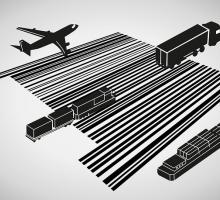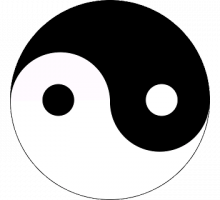The cross elasticity of demand measures the responsiveness of the quantity demanded, when the price of another good changes. It is defined as the percentage change in the quantity demanded divided the percentage change in the price of the second good.
eAB = (ΔQA/QA)/(ΔPB/PB)
The cross elasticity gives us important information about the economic relation between the goods and services.
Cross Elasticity of Substitute Goods
Substitute goods are those goods that can satisfy the same necessity, they can be used for the same end. Examples of substitute goods are:
- Coca-cola and Pepsi
- Car, motorbike, bike and public transport
- Butter and margarine
- Tea and coffee
- Bananas and Apples
If 2 goods are substitutes, the cross elasticity will be positive, because if the price of one increase, some people will stop buying it and will buy the second one. Example: If the price of pine wood increases (+), some furniture makers will stop buying it and will buy oak wood instead (+).

Cross Elasticity of Perfect Substitute Goods
In the case of perfect substitute goods, the cross elasticity is either 0 or infinite. It is 0 if the price change doesn’t modify the quantity consumed for the other good. For example, if Px = 10 and Py = 12, and the new Py is 11. The consumer will keep spending all her budget in X because it is the cheaper good.
But if the price of Y decreases to 9, the consumer will stop buying X and spend all her budget in Y. In this case, the cross elasticity is infinite.




